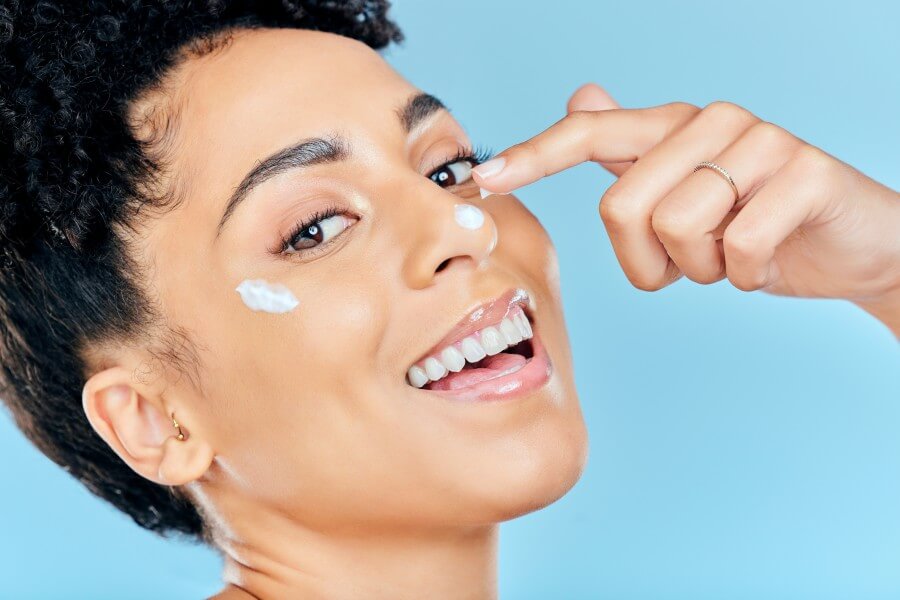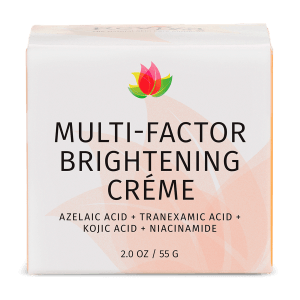Kojic acid has become a buzzword in skincare discussions, celebrated for its powerful effects on hyperpigmentation and skin brightening. Extracted from several types of fungi, kojic acid is also a by-product of certain fermentation processes, such as the making of sake, the Japanese rice wine. Its primary function in skincare is to inhibit the production of melanin, which is responsible for the pigment in our skin. By controlling melanin production, kojic acid can effectively lighten dark spots, even out skin tone, and offer a radiant complexion.
The Science Behind Kojic Acid
At the molecular level, kojic acid interferes with the catecholase activity of the enzyme tyrosinase, which is crucial in the synthesis of melanin. By blocking this enzyme, kojic acid prevents the formation of pigment. This action makes it an essential ingredient in products targeting age spots, sun damage, and scars. However, its potency does not stop there. Kojic acid is also known for its antioxidant properties, fighting off free radicals that can damage skin cells and accelerate aging.
Benefits of Kojic Acid for Skin
The benefits of kojic acid extend beyond its brightening capabilities. It’s beneficial for those struggling with melasma, a condition characterized by dark, discolored patches on the skin, often triggered by hormonal changes. Kojic acid’s antioxidant properties also make it an ally against environmental stressors, protecting the skin from pollution and UV radiation that can lead to premature aging.
Moreover, kojic acid has antimicrobial properties, making it effective in treating acne by reducing the bacteria that cause breakouts. Its ability to diminish dark spots left by acne scars is a relief for many who seek a clear and even complexion. Incorporating kojic acid into a skincare routine can, therefore, address multiple concerns, from pigmentation issues to acne management.





Incorporating Kojic Acid into Your Skincare Routine
When considering adding kojic acid to your skincare routine, it’s crucial to understand how to use it effectively. Kojic acid is commonly found in serums, creams, and cleansers. Since it can be potent, starting with a lower concentration and gradually increasing it allows your skin to adjust without irritation. It’s also advisable to use kojic acid products in your nighttime routine, as they can make your skin more sensitive to the sun. Always apply a broad-spectrum sunscreen during the day to protect your skin from UV damage.
Kojic Acid and Sensitive Skin
While kojic acid is beneficial for many, those with sensitive skin should proceed with caution. Like any active ingredient, kojic acid can cause irritation, redness, and dryness, especially at higher concentrations. Conducting a patch test before using a new product is always a wise decision. If irritation occurs, it may be helpful to limit use to a few times a week instead of daily or to seek products with lower kojic acid concentrations. Combining kojic acid with soothing ingredients like hyaluronic acid or glycerin can also help mitigate potential irritation.
The Effectiveness of Kojic Acid: A Statistical Insight
A study published in the Dermatologic Surgery journal highlighted the effectiveness of kojic acid in treating melasma. Participants who used a 2% kojic acid product showed significant improvement in the reduction of pigmentation compared to those who did not. This statistic underscores the efficacy of kojic acid in addressing complex skin conditions like melasma, providing a beacon of hope for those looking for solutions. The full study can be accessed at Dermatologic Surgery Journal.
Reviva’s Kojic Acid Brightening Creme features 1% Kojic Acid. Reviva’s Dark Spot Brightening Serum features 1% Kojic Acid along with seven other brightening ingredients. Reviva’s Multi-Factor Brightening Creme features 3% Kojic Acid.
Combining Kojic Acid with Other Skincare Ingredients
For enhanced results, kojic acid can be combined with other skincare ingredients. Vitamin C is a popular choice, known for its brightening and antioxidant properties, which complement the effects of kojic acid. However, it’s important to note that combining potent ingredients can increase the risk of skin irritation. It’s advisable to introduce new combinations gradually and monitor the skin’s reaction. Consulting with a dermatologist can also provide personalized advice based on your skin type and concerns.
Navigating the Misconceptions about Kojic Acid
Despite its benefits, misconceptions about kojic acid persist. Some may worry about its safety due to its potency. However, when used as directed and in appropriate concentrations, kojic acid is safe for most skin types. Regulatory bodies, such as the Cosmetic Ingredient Review (CIR) in the United States, have deemed kojic acid safe for use in cosmetics at certain concentrations. Ensuring that you are purchasing products from reputable brands that adhere to these guidelines is crucial for both effectiveness and safety.
The Future of Kojic Acid in Skincare
As research continues, the potential of kojic acid in skincare unfolds further. Innovations in formulation technology may enhance its stability and efficacy, making it an even more integral part of skincare regimens. The ongoing exploration of its antioxidant and antimicrobial properties could lead to new applications, benefiting a wider range of skin concerns. The future of kojic acid looks promising, as it continues to be a key player in achieving a clear, radiant, and healthy complexion.
Understanding Kojic Acid in Skincare
Kojic acid stands out in the realm of skincare for its multifaceted benefits, from evening out skin tone to combating acne. Understanding how to incorporate it effectively into your routine can unlock these benefits while minimizing potential risks. As with any skincare ingredient, patience and consistency are key. Results from kojic acid, as impressive as they may be, do not happen overnight. Giving your skin time to adjust and respond to treatment will ensure the best outcomes. Whether you’re battling pigmentation issues, looking for an antioxidant boost, or seeking clearer skin, kojic acid could be a valuable what is kojic acid in skin care addition to your skincare arsenal.









